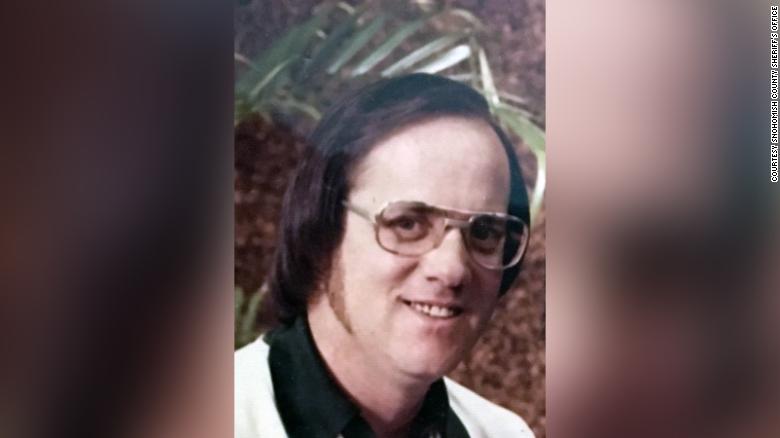The man accused of killing a 20-year-old Washington state woman in 1972 is believed to have killed himself Monday as a jury was deliberating his fate, officials said.
Terrence Miller was found guilty of murder Monday afternoon in the death of Jody Loomis, according to the Snohomish County Superior Court clerk’s office. The jury was not told during their deliberations that Miller was believed to be dead.
Miller’s body was found at home by a family member, who told law enforcement it was a suicide, according to the Snohomish County Sheriff’s Office. “The deceased is believed to be 78-year-old Terrence Miller who was on trial for the 1972 murder of 20-year-old Jody Loomis, but positive identification, as well as cause and manner of death will be determined by the Snohomish County Medical Examiner,” the office said in a statement.
Miller, of Edmonds, Washington, was arrested last year after he was connected to the case using a DNA sample from a discarded cup. Police said he lived about five miles from where Loomis’ body was found.
He had been free during the trial on a $ 1 million bond.
Prosecutor Craig Matheson told CNN that authorties regret the way the matter ended, but added, “We got an answer, whether Mr. Miller was there or not. It does not diminish the verdict.”
Matheson said the Loomis family was informed of the death, and their reaction was “stoic.”
DNA evidence broke the case
The case dates to August 1972, when Loomis, 20, left her home and rode her bicycle toward a stable to ride her horse. Her body was found disrobed and shot in the head in the woods, authorities said.
The case was unsolved until the recent emergence of genetic genealogy, which is a combination of traditional DNA evidence with the type of genealogic analysis made famous by companies such as 23andMe and Ancestry.
Previously, DNA evidence from the crime scene could only be compared to a specific suspect or put into limited national databases to find direct matches.
But with genetic genealogy, that same DNA evidence can be put into the free website GEDMatch, which then shows a list of extended family members who are related to the perpetrator. That allows investigators to begin zeroing in on those who may have had close contact with the victim based on other public information.
The field has allowed law enforcement to crack cases that had long frustrated investigators, such as that of the Golden State Killer.
>>>details

